The Ukrainian crew used a high-tech German artillery system that could fire three shells within seconds and simultaneously hit the same spot more than 25 miles (40 km) away. It was a Panzerhaubitze gun in full operation.
The Panzerhaubitze (PzH) 2000 self-propelled gun is part of an arsenal being tested in combat in Ukraine – which has become the world's largest arms fair, the Wall Street Journal commented in an article published on September 27.
According to the US newspaper, after the Russia-Ukraine conflict erupted into the largest land war on the European continent since World War II, manufacturers of weapons used in Ukraine won many orders and "revived" dusty production lines.
Deploying billions of dollars worth of equipment in combat also gives manufacturers and the military a once-in-a-lifetime opportunity to analyze the weapons' battlefield performance and learn how best to use them.
Shaping global military procurement
Despite the technical sophistication of the German-made Panzerhaubitze, the war demonstrated the importance of being able to repair weapons on the battlefield. A simpler howitzer, the American-British M777, proved more reliable but also more vulnerable.
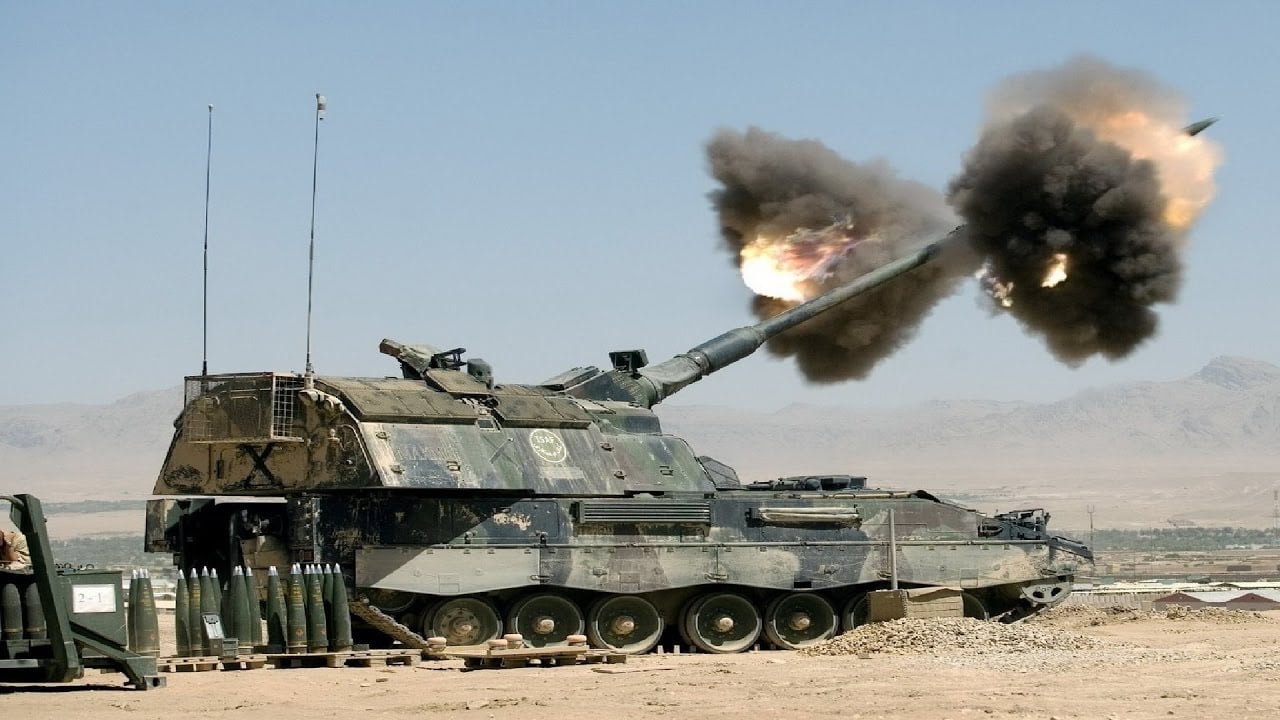
Germany's powerful Panzerhaubitze (PzH) 2000 self-propelled gun in action. Photo: WarLeaks
The debate over the performance of these and other weapons could shape global military procurement for years to come. At a major arms fair in London this month, exhibitors said they were regularly asked how their weapons performed in Ukraine.
The United States and European nations have sent billions of dollars worth of military hardware to Ukraine from existing military stockpiles, and the countries are now beginning to replace some of that equipment amid rising military spending.
Global military spending rose for the eighth consecutive year in 2022, reaching a record high of $2,240 billion, according to the Stockholm International Peace Research Institute (SIPRI).
Artillery systems and artillery shells, unmanned aerial vehicles (UAVs or drones), missile defense systems and multiple launch rocket systems are all being used heavily and regularly in Ukraine.
Several of the devices – made by BAE Systems, Rheinmetall, Lockheed Martin and RTX (formerly known as Raytheon Technologies) – are currently receiving orders or interest from potential customers, weapons makers say.
“Everyone is looking at Ukraine and seeing what is working,” said Tom Arseneault, CEO of the US arm of British defense giant BAE Systems.
BAE Systems said it is in talks with the administration of President Volodymyr Zelensky about producing L199 artillery in Ukraine after the weapon proved its effectiveness in combat.
Along with the guns comes a particularly high demand for NATO-standard 155mm shells. The war in Ukraine has once again highlighted the importance of artillery in helping to overwhelm enemy positions or slow enemy advances. Last year, the US shipped more than 1 million 155mm shells to Ukraine, each costing about $800.
The US originally set a target of producing 30,000 shells per month, but reality requires that number to be tripled to 90,000 shells per month over the next two years, to help the US and its allies replenish their own stockpiles after "depleting" aid to Ukraine.
“I really recognize that this is an industrial war,” said Seth Jones, an expert at the Center for Strategic and International Studies (CSIS) in Washington, referring to a conflict that requires large amounts of weapons in a short time.
Lessons learned
In addition to the L199 howitzer, BAE Systems has also received more orders for the CV90 infantry fighting vehicle and the M777 towed howitzer based on their performance in combat and due to the need to procure additional weapons to replace the equipment sent to Ukraine.
The war has affected Britain’s procurement decisions, according to General Patrick Sanders, chief of the British General Staff. Other recent conflicts, including in Syria, have also affected procurement orders for Britain – the country with the largest military budget in Europe.
One lesson from Ukraine is the importance of being able to repair weapons on the battlefield, General Sanders said.
That lesson is particularly relevant to the howitzer, a long-barreled mobile field artillery piece that can fire shells and is the most widely used Western weapon in Ukraine.
A Ukrainian artillery team operating outside the Bakhmut flashpoint in the Donetsk region praises the Panzerhaubitze’s accuracy and rate of fire. The Panzerhaubitze’s thick, high-grade armor, which protects it in a way that other guns don’t, recently allowed it to survive an hour-long shelling with only scratches from shrapnel.
The Panzerhaubitze guns, produced by Germany's largest defense industry group Rheinmetall and the German branch of KNDS, have received an order from Chancellor Olaf Scholz's government to replace the guns sent to Ukraine, while Kiev has also shown interest in purchasing more of the guns.
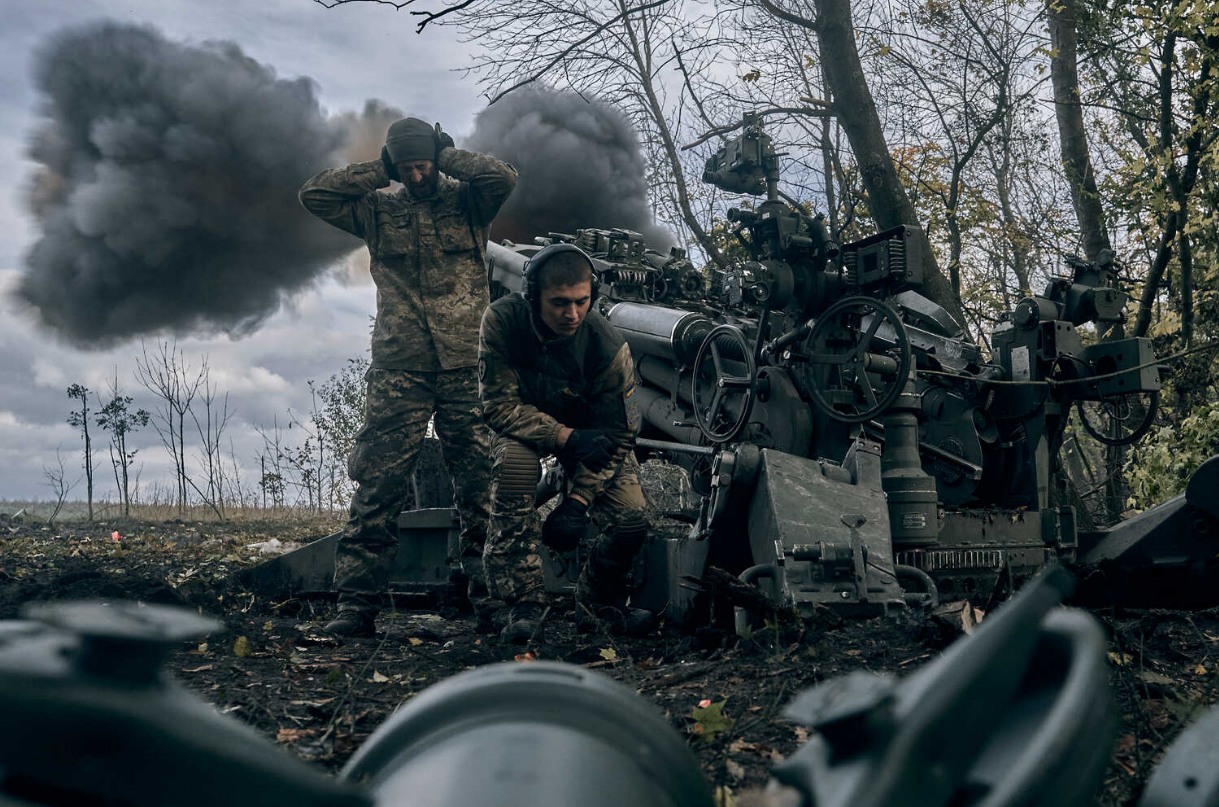
Ukrainian servicemen fire an M777 howitzer on the front line near Bakhmut, Donetsk region, October 2022. Photo: NY Times
However, according to some Ukrainian artillerymen, the constant use of Panzerhaubitzes has led to problems. One of the PzHs operated by a Ukrainian battery near Bakhmut caught fire on the battlefield and had to be sent to Germany for repairs. Another PzH developed an electronic malfunction during the autoloading process. It is now loaded manually.
Weapons makers blame the problem on overuse and lack of maintenance on German guns. “If they had taken care of the electronics, it would have worked,” said Armin Papperger, CEO of Rheinmetall.
Other Western artillery has also had problems with repeated use. A soldier operating a Polish AHS Krab self-propelled gun said one Krab had been used so much that its barrel was torn. Representatives of Polish defense contractor Huta Stalowa Wola, which manufactures the Krab, did not respond to a request for comment from the Wall Street Journal.
Rheinmetall CEO Papperger said the war showed how quickly gun barrels were wearing out, and his company has now tripled production of gun barrels for armored fighting vehicles.
On average, less than 70% of Ukraine's foreign artillery is operational at any one time, according to Colonel Serhiy Baranov, head of the Main Directorate of Missile, Artillery and Unmanned Systems of the Armed Forces of Ukraine.
The M777 towed guns – mainly British-made – are in service more than other foreign guns, with about 85 percent uptime, because they are easier to repair and have more spare parts, Mr. Baranov said.

A US High Mobility Artillery Rocket System (HIMARS) fires. Photo: NYT
Ukrainian artillerymen also said they found the M777 easier to learn to use and very accurate, and with its lightweight titanium parts, the gun could be moved through muddy fields more easily.
However, the need to be towed means the M777 is slower and more vulnerable to counterattack. Additionally, the lightweight construction also means it is more susceptible to shrapnel damage.
Another lesson that can be learned, some military analysts say, is the time it takes to train. Ukrainian forces need to get trained as quickly as possible to get back on the field. For example, Ukrainian artillerymen trained for five weeks on Panzerhaubitze, while the standard German training takes four months.
New orders, new ads
Ukraine has put some of its Western equipment to the test in harsher environments than it has ever deployed before.
The CV90, for example, has seen combat in Afghanistan and Liberia, but “it’s completely different from what we’re seeing in Ukraine,” said Dan Lindell, head of the Swedish branch of BAE Systems, the manufacturer of the armored personnel carrier.
According to Mr. Lindell, his company has received more requests for information about the vehicle since it was deployed in Ukraine. The Swedish and Ukrainian governments have also signed an agreement that could lead to the production of the CV90 in Ukraine.
Other weapons that have received praise in Ukraine include the US HIMARS High Mobility Artillery Rocket System and the British Storm Shadow long-range missile.
Among the multiple launch rocket systems, the US HIMARS and M270S impressed British Army General Sanders the most with their accuracy, concentration of fire and range.
Companies that make these weapons have won new orders and ramped up production. Since the start of the war in Ukraine, the US Army has awarded Lockheed Martin $630 million in contracts to produce HIMARS for itself and its allies.
Meanwhile, RTX is increasing production of its Patriot missile defense system to 12 units a year, and plans to deliver five more to Ukraine by the end of next year. The Patriot's software has been tweaked to be able to destroy hypersonic missiles.
The battlefield success of weapons allows manufacturers to add the phrase “battle-proven” to their sales pitch, said Nicholas Drummond, a former British army officer who runs defense industry consultancy AURA Consulting Ltd.
Minh Duc (According to WSJ, Reuters)
Source


![[Photo] Da Nang: Shock forces protect people's lives and property from natural disasters](https://vphoto.vietnam.vn/thumb/1200x675/vietnam/resource/IMAGE/2025/10/22/1761145662726_ndo_tr_z7144555003331-7912dd3d47479764c3df11043a705f22-3095-jpg.webp)
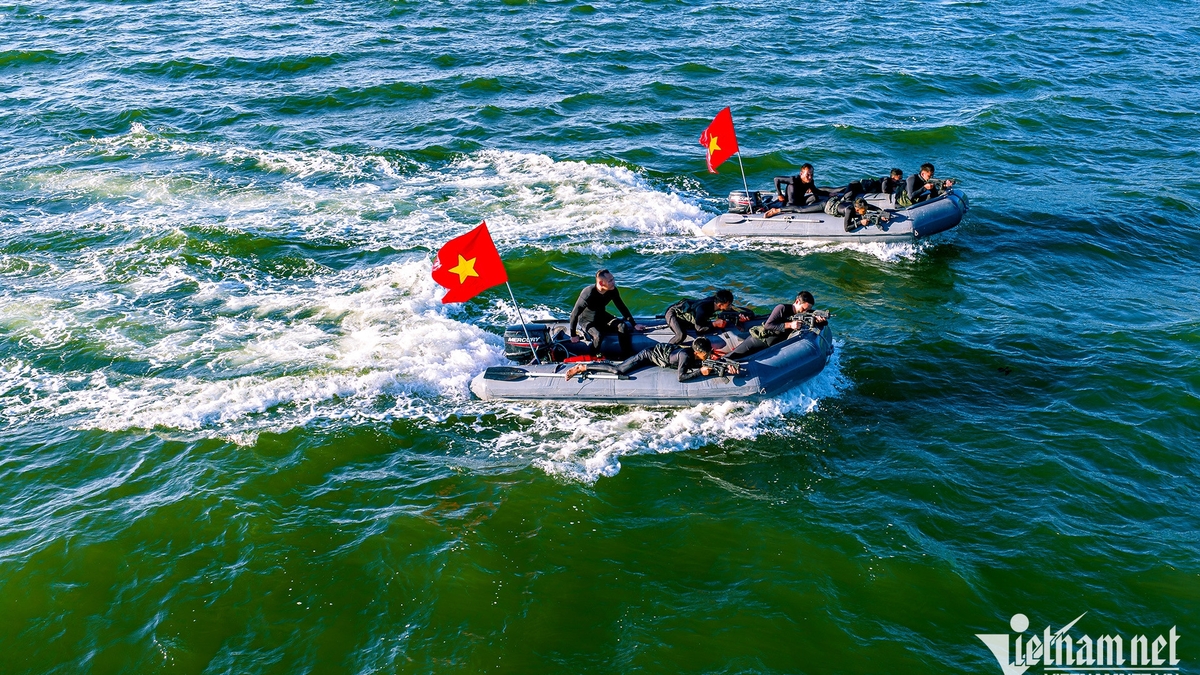
![[Photo] Prime Minister Pham Minh Chinh chairs meeting on nuclear power plant construction](https://vphoto.vietnam.vn/thumb/1200x675/vietnam/resource/IMAGE/2025/10/22/1761137852450_dsc-9299-jpg.webp)



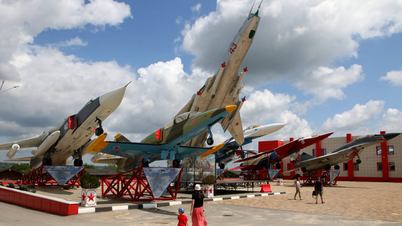
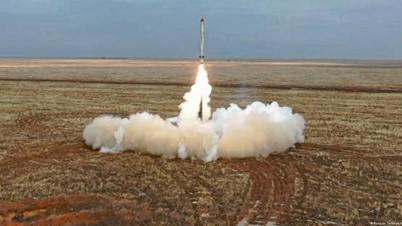


















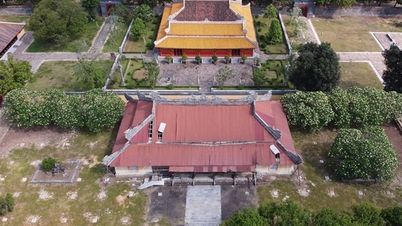









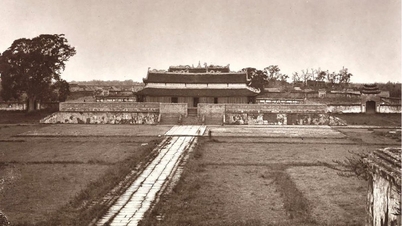

















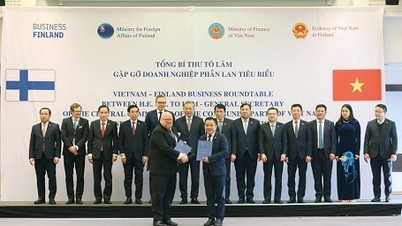

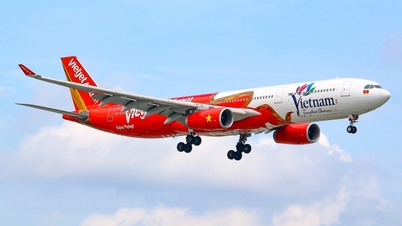










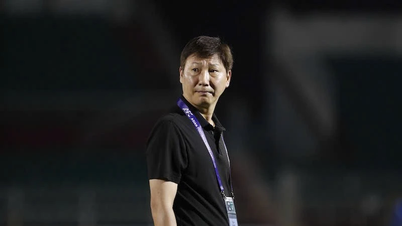
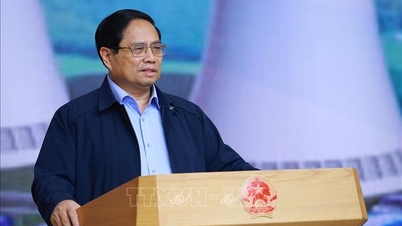

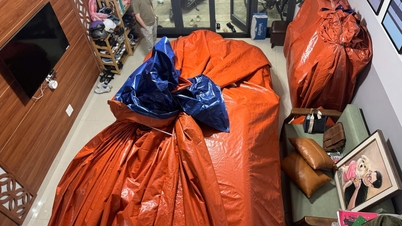


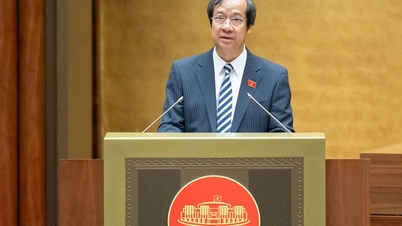

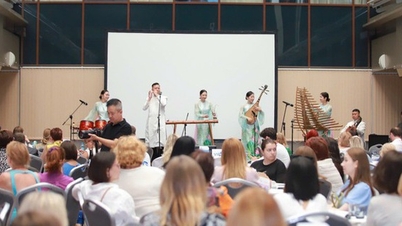


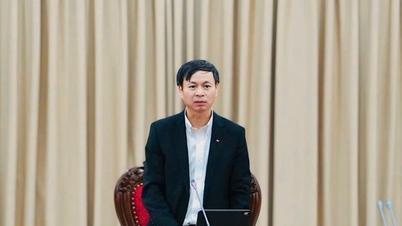


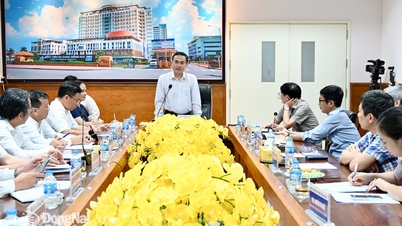






















Comment (0)